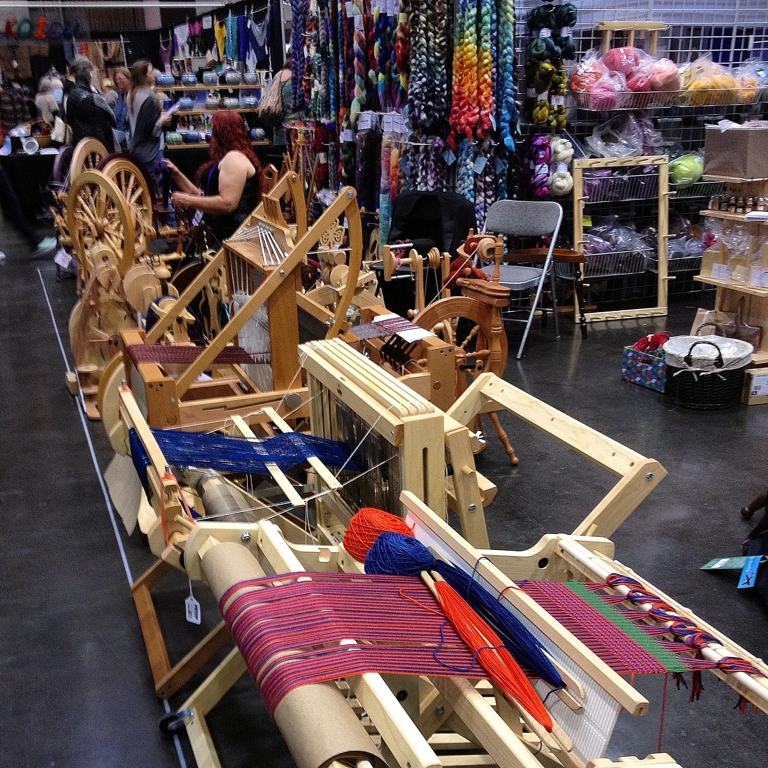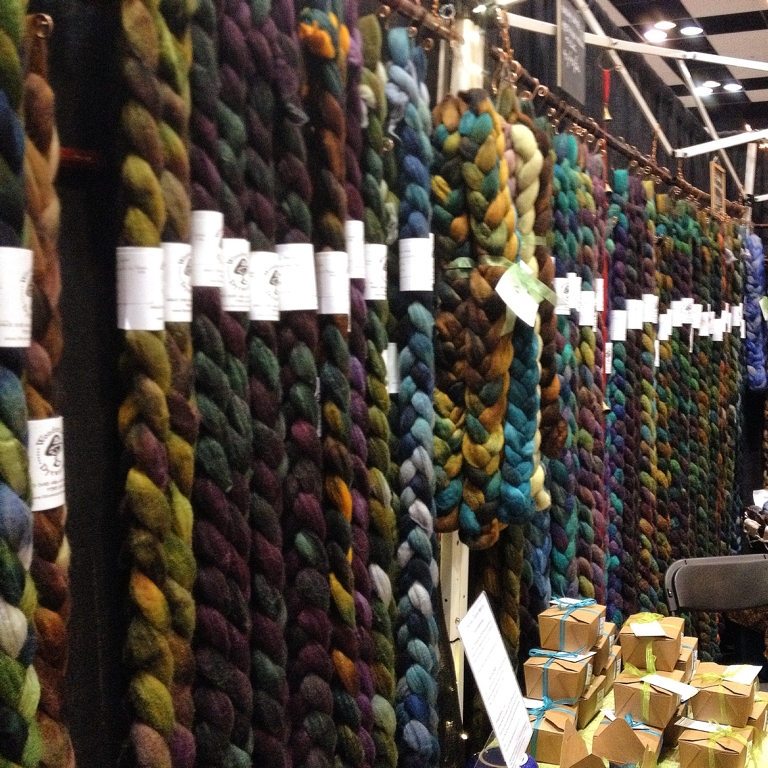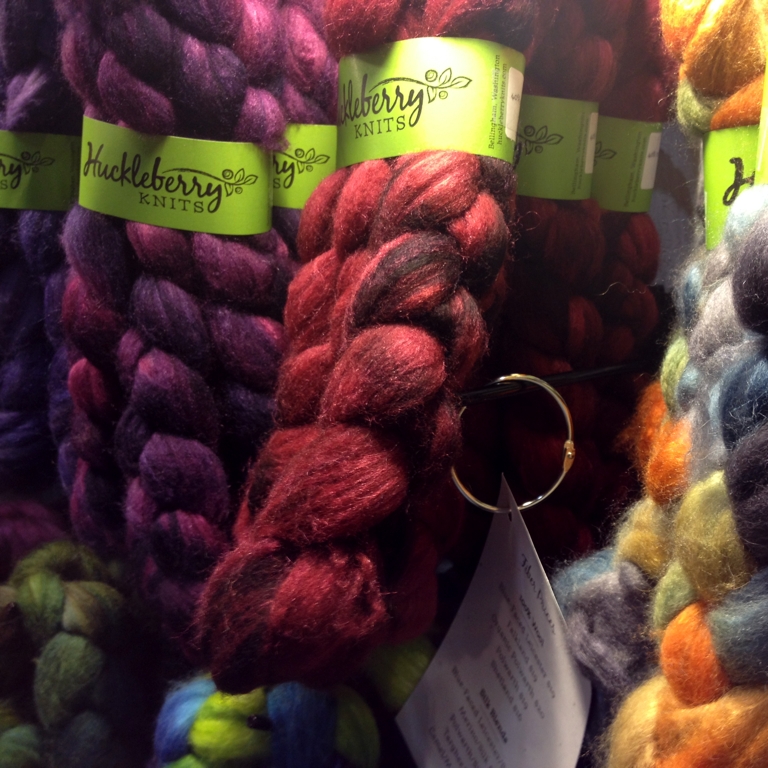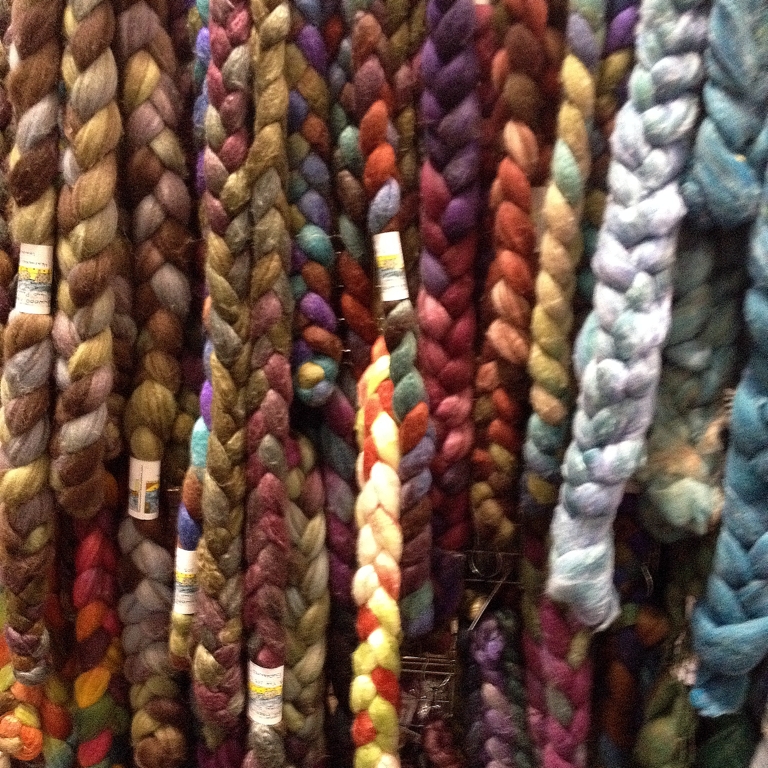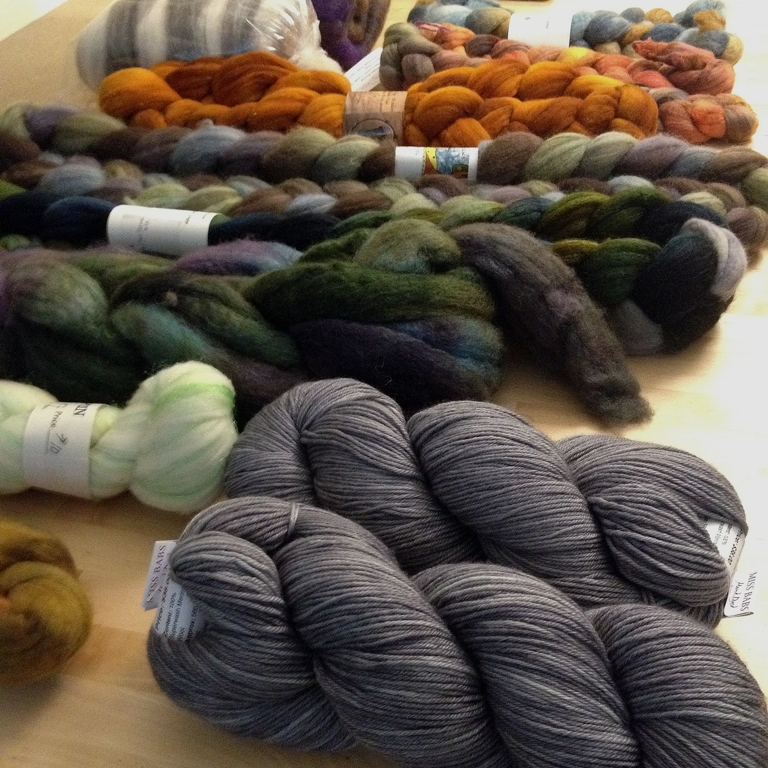The Spindle And The Wheel
/Sunday, I was cleaning up all the browser tabs I’d left open from the past week. Most of them were longer articles I wanted to read, not skim, and videos that actually seemed worth watching. One of those unwatched videos was a 10 minute talk by Clive Thompson, The Pencil and the Keyboard: How The Way You Write Changes The Way You Think. He details the differences in how handwriting and typing affect your brain and why each is suited to different tasks, say note taking vs writing an article. It’s worth a watch. Near the end of the speech, around 9:25, Thompson says, “There was no individual tool that is perfect for any situation. What we really need is a lot of different cognitive tools in our tool kit. We need to be able to move back and forth between one mode to another…”
A week before watching said video, I felt the urge to spin. Not on my wheel, but on my turkish spindle which is a bit of a change. Since I got the Sidekick in September 2013, I have spun zilch on any of my spindles. Zero, nada, zip. Why the sudden change of heart? One of my spoils from Stitches West was 0.7 ounces of roving from Wonderland Dyeworks. The fiber was soft with beautiful color, and I wanted to enjoy spinning it for more than an a tv episode. So, out came the spindle instead of the wheel. This afternoon, I finally finished the single. Tomorrow, I’m plying back on itself with a spindle of course.
Looking at this single after taking such a long break from spindle spinning, I am very sure of one thing: the yarn I make with a spindle is entirely different from the yarn I make on a wheel. My spindle spun yarns are much the same, smooth and shiny, while my wheel-spun yarns are hairier and lacking the same luster. This all comes down to drafting. The only drafting method I’ve used with the spindle is the inch-worm forward draft because it’s only one that kept the spindle in the air. It isn’t called a drop spindle for nothing. The wheel let me try other drafting methods until I settled on a hybrid long-draw as my default. Just like in writing, in spinning there is “no individual tool that is perfect for any situation.” Sure, the wheel allows me to spin lots of different yarns - bulky or fingering, dense or airy, smooth or haloed - but I haven’t been able to replicate the yarn I spindle spin. To be fair, this is probably more my doing than the wheel’s.
The reactions I get from both tools are fundamentally different. When working with a spindle, there’s an immediate knowledge of whether or not there’s enough twist. With the suspended spindle, either the single holds together or the fibers pull apart and the spindle hits the floor. There’s not much warning. Sometimes though, as the fibers slip, enough twist builds up in the thinned section to keep the spindle in the air. I’ll take it. Spinning at a wheel, the single is pulled away from me instead of towards my feet which makes the question of twist a little harder to answer. I’ve spun plenty of yardage that had enough twist to make it onto the bobbin but too little to actually hold together. Some of my most frustrating spinning moments have been pulling a single off the bobbin only to have it to fall apart over and over again as I’m feeding it though the orifice.
I once read a blog comment but where writer said they couldn’t wait to upgrade to a wheel from a spindle so that they could be a “real” spinner. With all the tutorials and articles focusing on wheels over spindles, I can understand where they’re coming from. Still, don’t discount the spindle. It’s been a valid tool for millennia, and it’s not going away any time soon. Just like the pencil and the keyboard are suited to different tasks, so are the spindle and the wheel. Being able to use move between them and use both, will allow us to do so much more than we could with just one.








